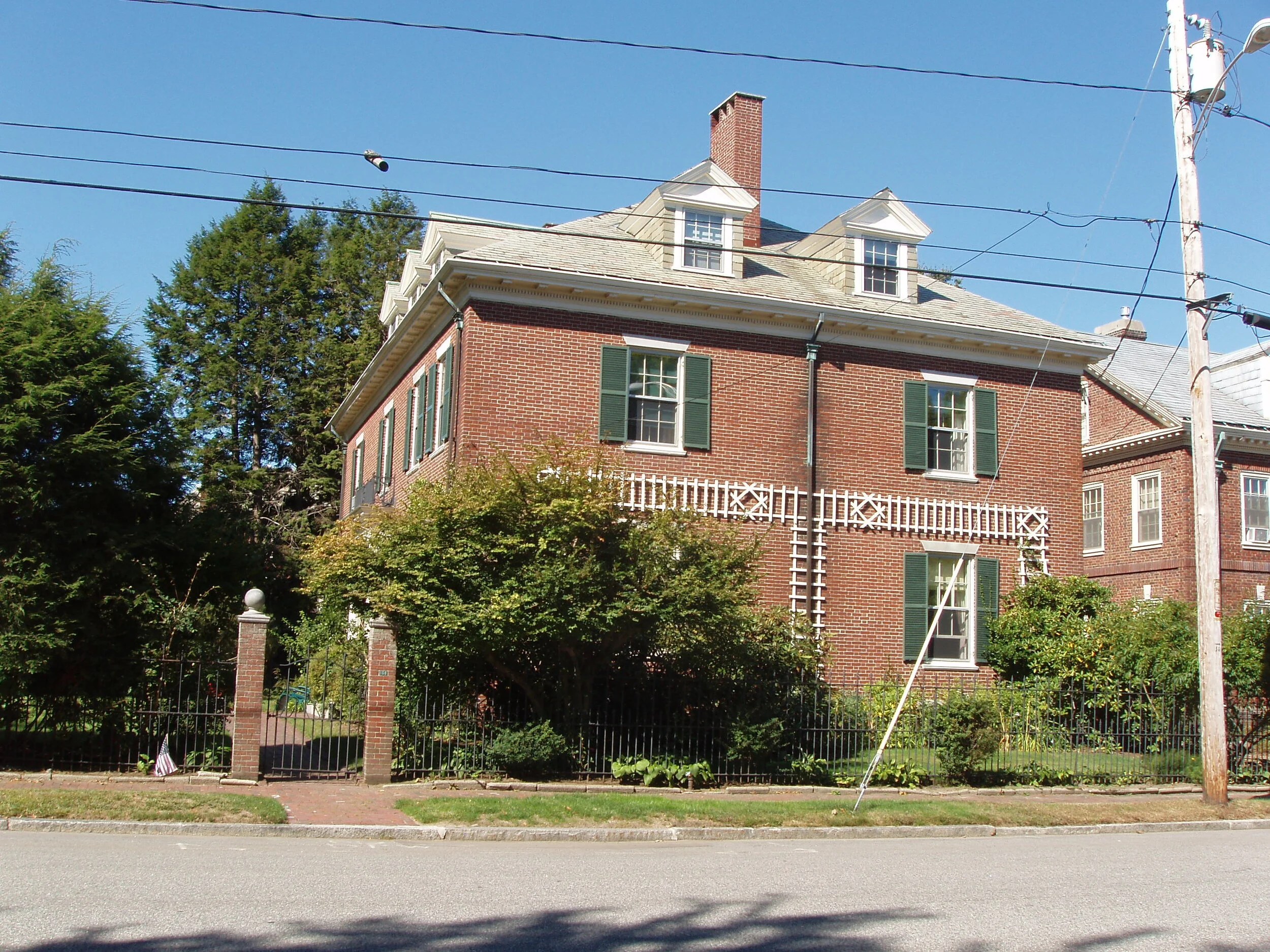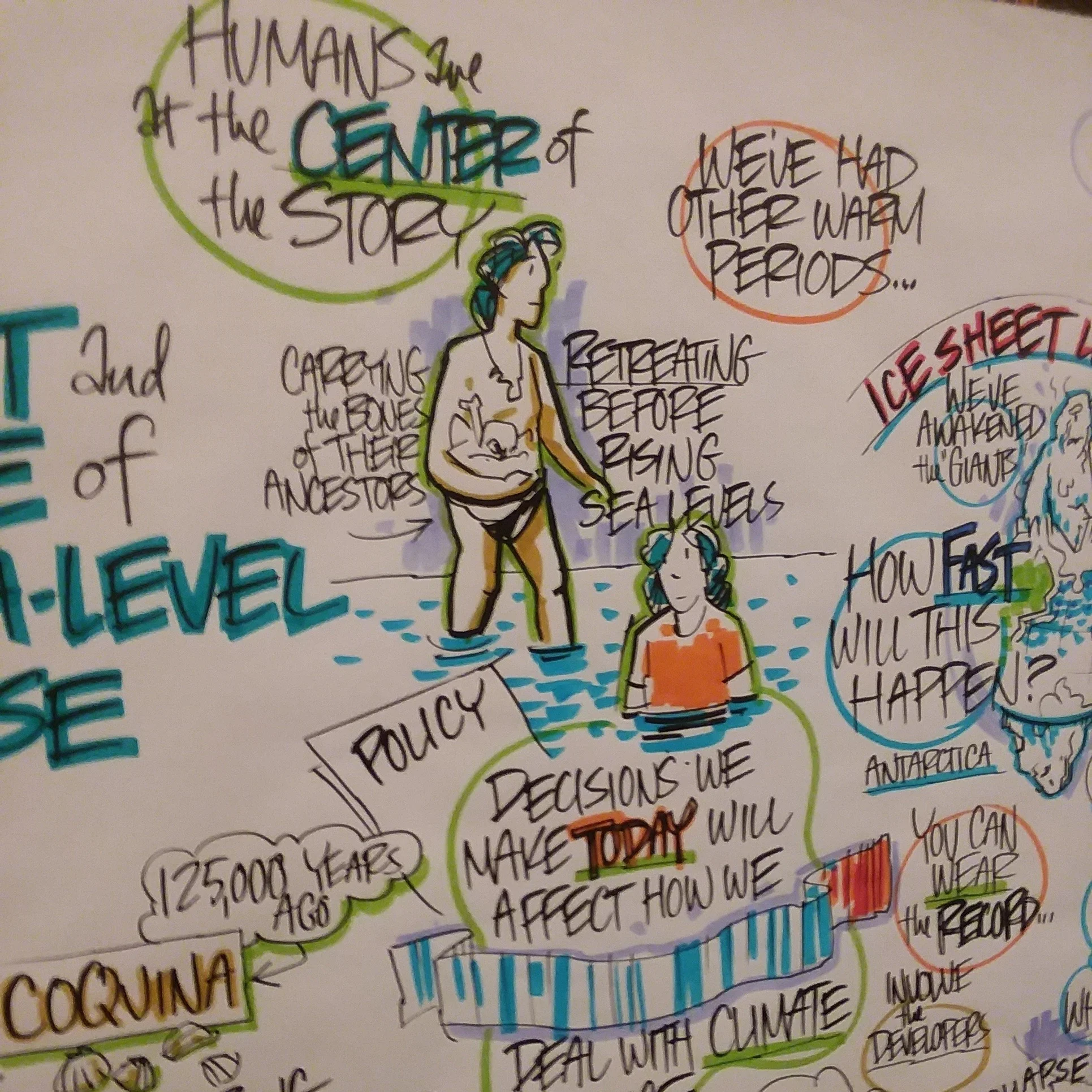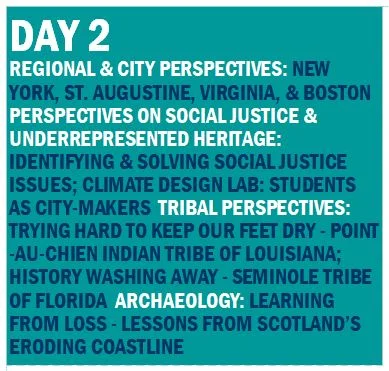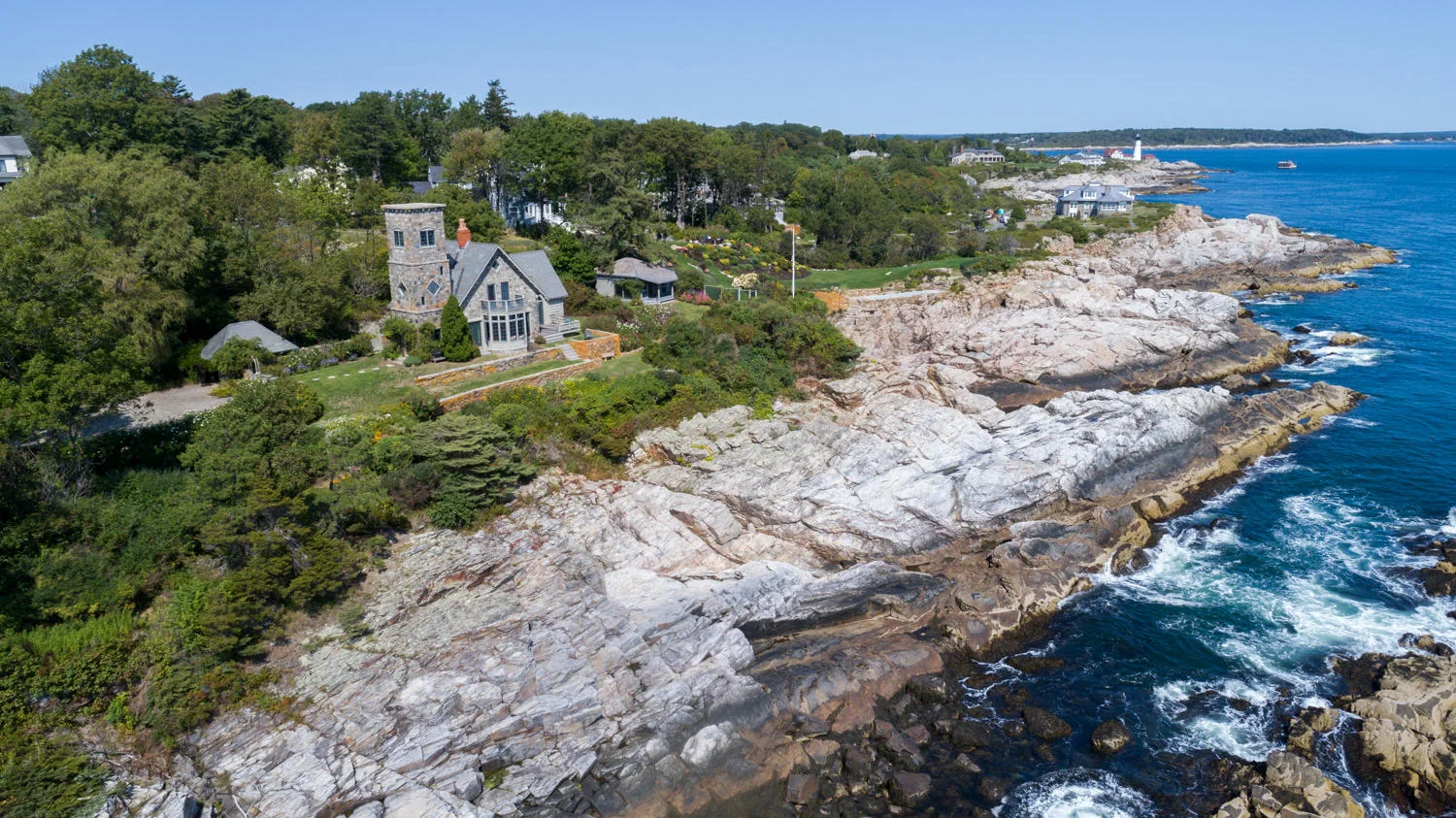As the days grow darker and cooler it’s time to get out and enjoy fall in Maine! If creepy, haunted places aren’t your thing, maybe a sunny afternoon picking apples is right for you? Join us and our friends working to preserve what is special about Maine at one or all of these events!
1) Chilling Celtic Tales - October 4th-5th
Victoria Mansion,109 Danforth Street, Portland
Join storyteller Janet Lynch for an evening of slightly spooky tales, similar to what Victoria Mansion's Irish servants would have told around Samhain, the Celtic holiday of Halloween. Tour the Mansion and get a glimpse of some rarely seen spaces in the house. (Geared towards children ages 5 to 17.)
2) Wreck of the Otraska Walking Tour- October 5th
Cemetery Office, Evergreen Cemetery, Stevens Avenue, Portland
On a warm morning in October 1861 seven young men sailed forth from Portland for a day of fishing aboard the Otraska. A sudden squall surprised them and led to the sinking of the vessel and the deaths of all but one. Stroll through Evergreen as Friends of Evergreen Cemetery weave the tale of the Otraska, her crew, their lives and demise.
3) Fifth Maine Museum’s Harvest Fest - October 12th
Fifth Maine Museum, Peaks Island, Portland
Celebrate the end of the season with an evening of jazz and a warm meal including harvest vegetables and cider at this 1888 building built as a memorial and reunion hall by veterans in the Fifth Maine Volunteer Infantry Regiment, which served from 1861 to 1864 and saw action in several notable Civil War battles. In 1956, the building was given to the Peaks Island community to serve as a museum devoted to the history of the regiment and island.
4) Shaker Village Harvest Fest - October 12th
Sabbathday Lake Shaker Village, 707 Shaker Road (off Route 26), New Gloucester
Fresh picked apples, live music, wagon rides and more. If you haven’t visited the Sabbathday Lake Shaker village, the only active and functioning Shaker Community in the world, then what are you waiting for? Tour the Shaker Barn and the Shaker Village Museum during the festival. And if you can’t make it to the festival on the 12th, then consider participating in the Friends of the Shakers Fall Workday on October 26th.
5) Apple picking at a historic farm.
What is more Maine than an afternoon in a sunny orchard picking apples? Picking apples on a foggy morning in a hillside orchard, followed by a hot cup of cider back at the barn! Support local growers that work hard to keep our agricultural landscapes intact. Choose an orchard from a recent Portland Press Herald list, choose your own, or visit my favorite - Notre Dame Orchards, Shaker Hill Road, Alfred. This orchard is part of the Alfred Shaker National Register Historic District, and if you go, stop at the delicious bakery too! Proceeds from the Shaker Hill Bakery support the York County Shelter programs.
6) Last Day for Observatory Tours! - October 14th
Portland Observatory, 138 Congress Street, Portland
Climb the mighty tower one last time this season. Enjoy the foliage across greater Portland from one of the highest points in the city! Don’t miss out on being part of our record setting year!
7) Walk Among the Shadows 2019 - October 17th - 20th & October 24th - 27th
Eastern Cemetery, 224 Congress Street, Portland
If you dare, visit with seven spirits who will arise and tell of the perils and promises of separation from Massachusetts and attaining Maine statehood. Spirits Alive is a non-profit organization dedicated to the protection and preservation of Portland’s historic Eastern Cemetery, established in 1668. The oldest historic landscape in the city, the cemetery is home to around 4,000 interred souls.
8) Stroll Haunted Yarmouth - October 18th - 19th & October 25th - 26th
Old Meeting House, 25 Hillside Street, Yarmouth, Maine
Royal River Community Players, Yarmouth Village Improvement Society and Yarmouth Historical Society present the second annual Stroll Haunted Yarmouth, a series of fictional stories (including one about a well-known bun cart?) based on historical facts surrounding Hillside Cemetery, the Old Meeting House, and the Reverend Thomas Green House.
9) Burning of Falmouth - October 18, 1775
No time to visit a farm or historic site? Read about the destruction of Portland, then known as Falmouth, on this day in 1775. Or watch this video by Preservation Award winning photo journalist Troy R. Bennett. The aftermath of the Burning of Falmouth was astounding. The entire town was burned, at least 300 buildings were destroyed, and almost half of the population, was left homeless just as winter began to set in.
A colonial Committee of Conference, consisting of Thomas Lynch, Benjamin Franklin and Benjamin Harrison, happened to be with General George Washington when news of the Burning of Falmouth reached him. The Committee noted in their official report to the Continental Congress that every enlisted person from Falmouth begged leave to return home and find lodging and food for their families. While it was, “too reasonable Request, to be refused,” the bombing was a frightening premonition of what could happen in the near future. Rumor was the British Navy anticipated bombarding coastal New England towns, which could lead to the resignations of thousands of soldiers. The Burning of Falmouth, along with the arrival of the King of England’s declaration that the colonies were in open rebellion, led directly to Congress establishing the Continental Navy in an effort to combat the British at sea during the Revolutionary War.
10)Tour the Tate House in Historic Stroudwater
Tate House Museum, 1267 Westbrook Street, Portland
Visit the historic home of Maine’s last Mast Agent and learn how New England forests fueled colonial industry, strengthened the British Royal Navy, and sparked rebellion.
11) Fright Night at the Grange - October 19
Freeport Harraseeket Grange No. 9, 13 Elm Street, Freeport
Gather all your ghouls and ghosts for a night of dancing at Freeport Harraseeket Grange No. 9. Put on your best costume and help support the Freeport, Pownal, and Durham Educational Foundation. Freeport Harraseeket Grange #9, established in 1874, was among the first subordinate Granges in the State of Maine and the nation. The grange is now housed in a barn-like former horse stall building in Freeport, Maine, that has been used since 1903.
12) Longfellow’s Haunted House - October 21st - 31st
Wadsworth-Longfellow House, 489 Congress Street, Portland
Based on Longfellow’s poem “Haunted Houses” this tour evokes the various family members that died in the Wadsworth-Longfellow House over its long history. Two tours will be offered this year; one for families and one for adults.
13) The Complete City Imagined Exhibit Opening - October 26th
University of New England Art Gallery, 716 Stevens Avenue, Portland
If you’re full of apple cider and you’ve had enough of Halloween, join our friends at the Portland Society for Architecture to celebrate a collection of work representing Portland's past and future possibilities. The exhibition will include displays of historic maps of Portland from the Osher Map Library, maps from "Mapping Portland: The Complete City," submissions from the PSA's design competition "The Complete City: Imagined," along with adjacent programming related to The Complete City.
14) Identifying Kit & Catalog Houses from the Early 20th Century - October 29th
Safford House, 93 High Street, Portland
Join us to learn the history of kit homes in America and Maine and learn how to spot them on your own!
The American Dream of home ownership was fostered by reformers, developers, and building material companies in the early 20th century. This program will discuss the history of kit home manufacturing in this country and illustrate the variety of styles available from manufacturers and the various ways you can identify a kit home.
The program will conclude with an hour long walking tour of the Oakdale Neighborhood where you’ll get to practice your skills in identifying kit homes that Landmarks believes it has identified in the neighborhood.
15) How to Uncover the Story of Your Historic Building - October 30th
Safford House, 93 High Street, Portland
Every home has a story if you know how to uncover it. Join Landmarks for this program where you will learn how to research the history of an historic home and share its story. During the classroom portion of the class you will learn to identify architectural styles and to understand the historical background of residential buildings in Portland.
The program will conclude with a walking tour of the State Street neighborhood for hands-on practice in identifying building styles while exploring one of Portland’s oldest and most distinctive neighborhoods.
And if it’s a rainy October day, visit your local library (it’s probably in a historic building) and check out Wildfire Loose: The Week Maine Burned by Joyce Butler. It tells the harrowing story of 1947, when from October 13 to October 27, firefighters tried to fight 200 Maine fires, consuming a quarter of a million acres of forest, wiped out nine entire towns, and severely damage much of historic Bar Harbor. The Maine fires destroyed 851 homes and 397 seasonal cottages, leaving 2,500 people homeless. I read it when it was first published in 1979 and it started me on my journey to learn more about Maine history and its architectural past.
Happy October!
Julie Ann Larry
























